
Back in June 2016 we announced steelFill to the world. In September we launched steelFill officially. Today we have printed an aptly themed object with steelFill : the Man of Steel logo.
Design: http://www.thingiverse.com/thing:246349
Modelled by Filippo Panza, this design is based on the current Superman series and quite appropiate for our steelFill.
With steelFill we are added a fourth metal based filament to our portfolio after succesfully releasing bronzeFill in 2014, copperFill later that year and brassFill in early 2015. As with these other filaments, the key is post-processing and you can use similar techniques as with our other special metal based filaments.
You can find the full tutorial on how to print with steelFill here.
This part was printed on the Makerbot Replicator 2 with a 0.2mm layer height at 210 degrees C. steelFill is an abrassive filament and not kind to the standard brass nozzles.
For the nozzle we chose the Olsson Ruby nozzle 1.75mm version. the ruby nozzle retains the excellent heat conducting properties of brass, while being extremely resistant to wear. This means that you can print your standard materials as usual, but also very abrasive materials such as steelFill but also our XT-CF20.
The Olsson Ruby is a high-tech nozzle with a carefully designed ruby tip, which makes it have unique properties. The ruby nozzle is designed by Anders Olsson, inventor of the popular Olsson Block that is also part of the Ultimaker 2+ 3D Printers.
This nozzle was generously supplied to us by 3DVerkstan, our distributor and partner in the Nordic regiona and manufacturer of the Olsson Ruby Nozzle. For more information about the nozzle, contact 3DVerkstan: info@3dverkstan.se
There will be a separate blog about post-processing this piece later on. You can find more prints made with steelFill, which have been post-processed, here:
Yeah, we like our superheroes…
steelFill is available in our webshop and through our network of distributors and resellers worldwide.

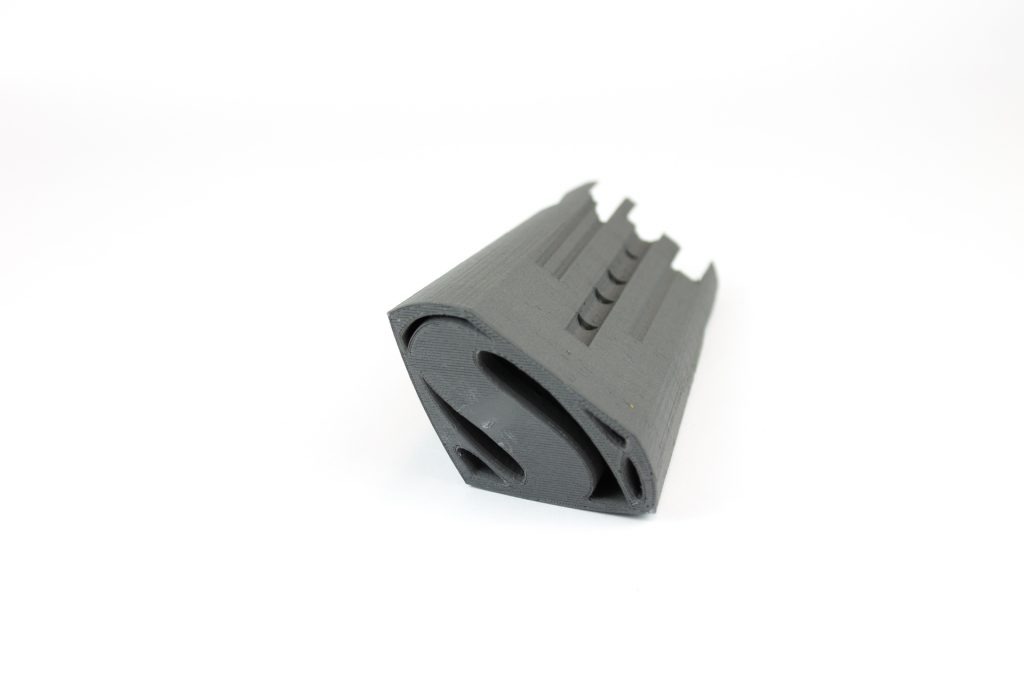
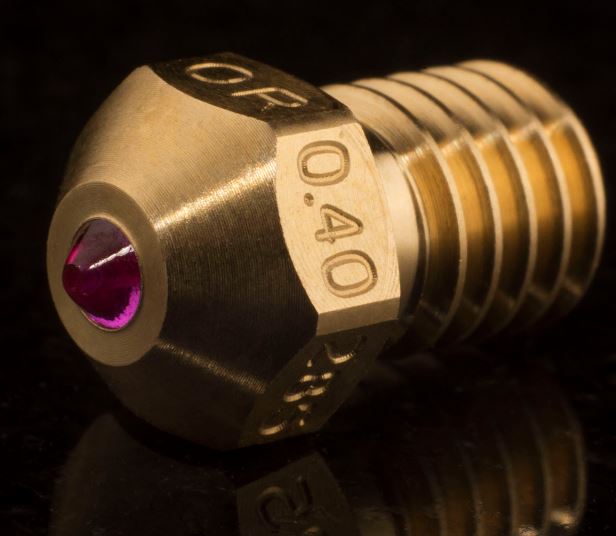
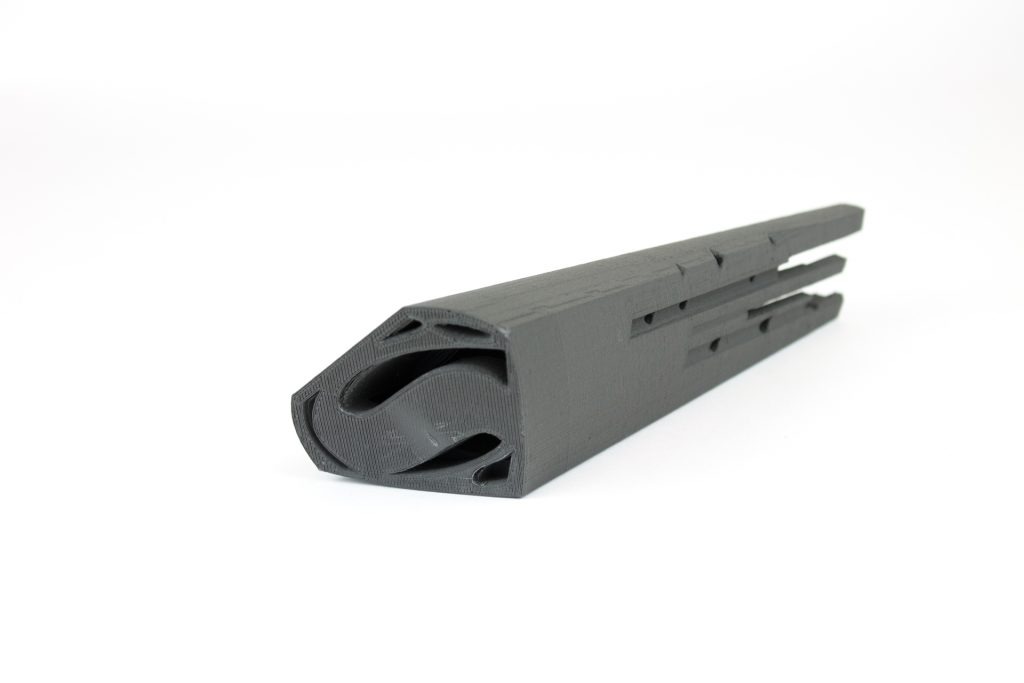
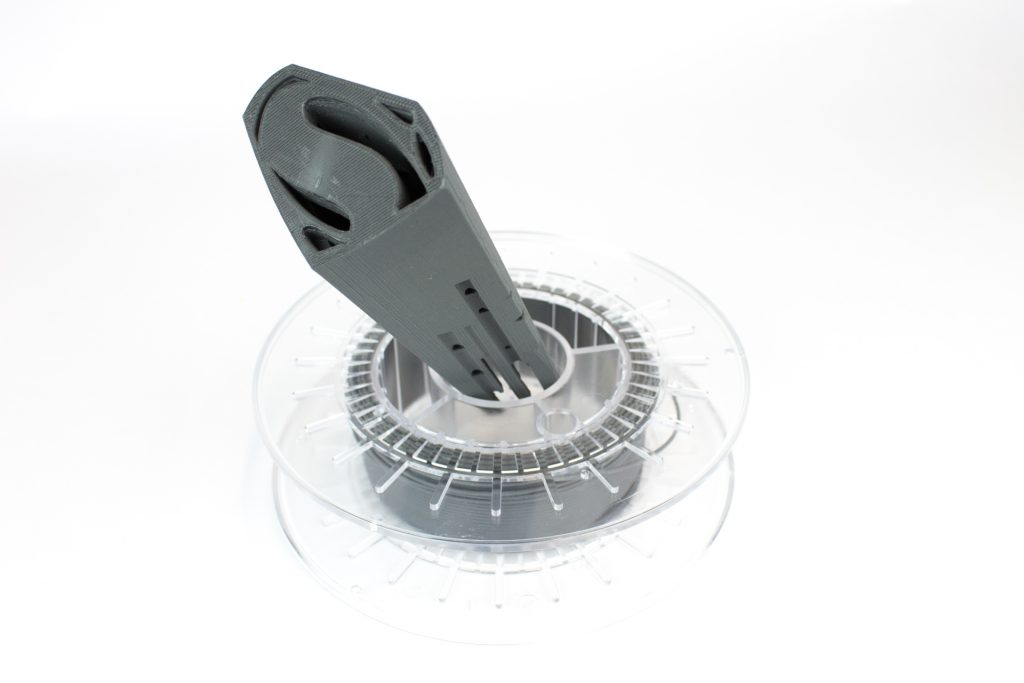

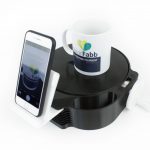
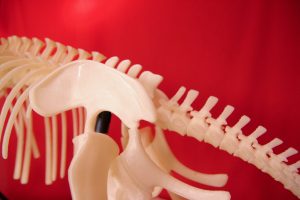
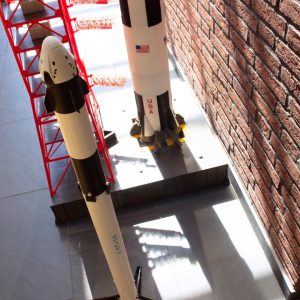

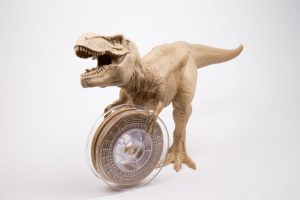
2 Comments
I am curious about the electrical conductivity of your metal-based filaments. I am not conducting current through my proposed design. Rather, I am applying a static voltage (rather high voltage) to two metal-based meshes that are rather close to each other in a fluid for the purpose of separating insoluble particles in the fluid. Thanks for your response.
Our metal-filled materials have a conductivity in the range of 10^11 ohm/sq.
They are therefor considered bad conductors and are seen as anti-static.
Values are determined by Injection molded plaques so 3D printed values will most likely be worse.
But we have no experience with similar applications, so you could test the material to see if and how this would work.
Samples are available and with many resellers worldwide you can probably find some locally.